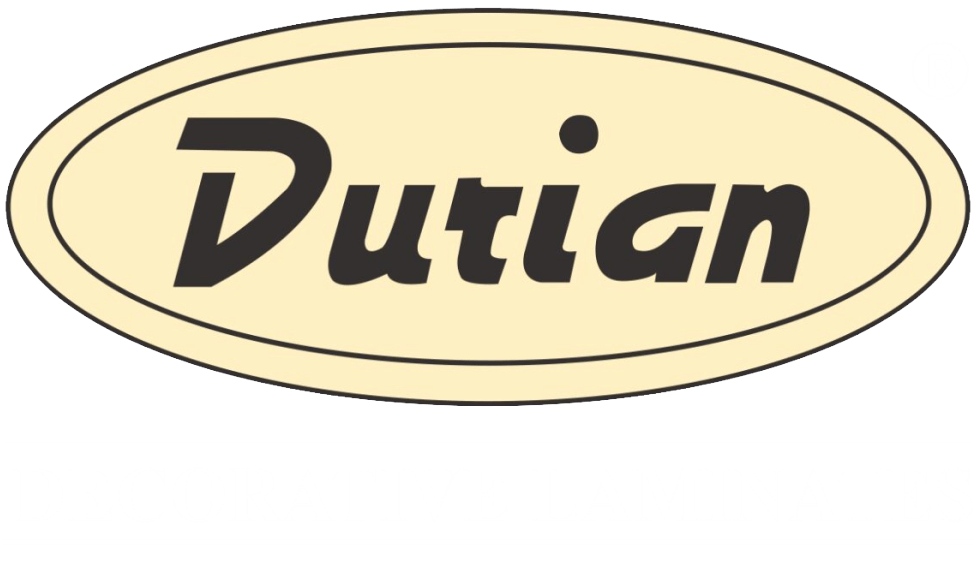In the competitive and dynamic environment of restaurant design, finding the right materials that combine durability with style is essential. Laminate surfaces have emerged as a top choice for restaurant owners and designers alike due to their versatility, affordability, and impressive range of design options. Let’s explore why laminate is an excellent choice for your restaurant and how it can elevate your dining space.
Benefits of Using Laminate in Restaurants
Durability
Laminate is known for its exceptional durability, making it ideal for high-traffic areas like restaurants. It can withstand frequent use, spills, and cleaning without losing its luster or integrity. This durability translates to long-term cost savings as laminate surfaces require minimal maintenance and are resistant to scratches and impact.
Style Options
One of the standout features of laminate is its vast array of design choices. From classic wood finishes to sleek modern patterns, laminate can mimic various materials while offering superior practicality. Restaurant owners can achieve their desired aesthetic without compromising on performance.
Cost-effectiveness
Compared to natural materials like wood or stone, laminate is a budget-friendly option. It provides a cost-effective way to achieve a sophisticated look without exceeding your budget constraints. This affordability makes laminate an attractive choice for restaurant renovations or new establishments.
Considerations When Choosing Laminate for Restaurants
Design and Aesthetic
When selecting laminate for your restaurant, consider the overall design scheme and ambiance you wish to create. Laminate offers versatile patterns and textures that can complement different styles—from cozy cafes to upscale dining establishments.
Durability and Maintenance
Ensure the laminate you choose is suitable for commercial use and can withstand daily wear and tear. Opt for high-pressure laminate (HPL) or compact laminate for enhanced durability and resistance to moisture and heat.
Budget Constraints
Factor in your budget when selecting laminate. While laminate is generally cost-effective, premium finishes and custom designs may incur additional costs. Choose a balance between aesthetics and affordability that aligns with your restaurant’s requirements.
Types of Laminate Suitable for Restaurant Use
Several types of laminate are well-suited for restaurant settings:
- High-Pressure Laminate (HPL): Offers superior strength and durability, making it ideal for tabletops and countertops.
- Compact Laminate: Known for its solid core construction, compact laminate is highly resistant to moisture and impact, making it suitable for busy restaurant kitchens.
- Thermally Fused Laminate (TFL): Features a decorative layer fused with particleboard, providing a cost-effective option for cabinetry and wall panels.
Installation Process and Considerations
Before installing laminate in your restaurant, consider the following:
Surface Preparation
Ensure the underlying surfaces are clean, dry, and structurally sound before installing laminate. Proper surface preparation is crucial for achieving a smooth and long-lasting finish.
Installation Methods
Laminate can be installed using adhesive or mechanical fasteners, depending on the application. Consult with professionals to determine the most suitable installation method for your specific requirements.
Maintenance Tips
Regularly clean laminate surfaces with mild soap and water to preserve their appearance. Avoid abrasive cleaners that can damage the laminate finish.
How Laminate Enhances Restaurant Décor
Laminate offers endless possibilities for enhancing restaurant décor:
- Customization Options: Customize laminate surfaces with unique patterns, colors, and textures to reflect your restaurant’s brand identity.
- Versatility in Design: Achieve the look of luxurious materials like marble or granite at a fraction of the cost with laminate.
Case Studies: Successful Laminate Applications in Restaurants
Explore real-world examples of how laminate has transformed restaurant spaces, showcasing both aesthetic appeal and durability.
Comparative Analysis: Laminate vs. Other Materials
Understand the advantages of laminate over traditional materials used in restaurants:
- Laminate vs. Wood: Laminate is more resistant to scratches and moisture compared to natural wood, making it a practical choice for restaurant furniture.
- Laminate vs. Stone: Laminate offers similar aesthetics to stone but with better durability and lower maintenance requirements.
Environmental Impact of Laminate
Learn about sustainable laminate options and eco-friendly practices in manufacturing, supporting environmentally conscious restaurant design.
Addressing Common Concerns about Laminate in Restaurants
Clear up common misconceptions about laminate:
- Heat Resistance: Laminate can withstand moderate heat but should be protected from direct contact with hot cookware.
- Stain Resistance: Most laminate surfaces are stain-resistant, but prompt cleaning is recommended for spills.
- Longevity: High-quality laminate can last for many years with proper care and maintenance.
Future Trends in Restaurant Interior Design Using Laminate
Discover emerging trends in laminate applications, such as innovative finishes and textures that push the boundaries of restaurant design.
Conclusion
Incorporating laminate into your restaurant’s design can elevate both aesthetics and functionality. With its durability, style options, and cost-effectiveness, laminate offers a compelling solution for creating inviting and practical dining spaces.


No Comments